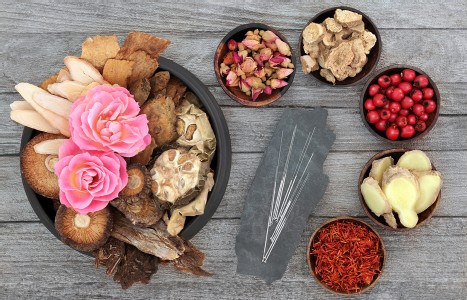Did any of you ever get the feeling in school that it simply was not OK to speak about wanting to be successful? To get into the nitty gritty details of how to make money in practice? Maybe you were even someone like me who was directly told by someone in a position of power that I needed to take what I could get because in private practice, I wouldn’t make money.
Use of Acupuncture More Than Doubles
- Use of any form of CHA increased from 19.2% of the U.S. population in 2002 to well over a third (36.7 %) of the population in 2022 (approximately 122.3 million adults).
- Use of acupuncture specifically in the previous 12 months increased from 1% of adults in 2002 to 1.5% in 2012 to 2.2% in 2022. That equates to over 7.3 million adult patients.
- Use of acupuncture for pain management also increased, from approximately 55% in 2002 to approximately 72% in 2022
A research letter in the Journal of the American Medical Association (JAMA) provides early findings from the most recent (2022) survey on the use of complementary health approaches (CHA).1 The findings include data from the National Health Interview Survey (NHIS), which conducts interviews both by phone and in-person. The CHA results have been published in 2002, 2012 and again in 2022.
Seven forms of complementary care are included in the latest study: acupuncture, chiropractic, guided imagery, massage therapy, meditation, naturopathy and yoga. The survey asks respondents about their use in the previous 12 months.
Use of any form of CHA increased from 19.2% of the U.S. population in 2002 to well over a third (36.7 %) of the population in 2022 (approximately 122.3 million adults). Use of acupuncture specifically in the previous 12 months increased from 1% of adults in 2002 to 1.5% in 2012 to 2.2% in 2022. That equates to over 7.3 million adult patients.
Use of any form of CHA for pain management also increased, from 42.3% in 2002 to just under half the population (49.2%) in 2022. For acupuncture patients, use of acupuncture for pain management increased from approximately 55% in 2002 to approximately 72% in 2022.*
With the use of any form of CHA almost doubling (91% increase) during the 20-year period and the use of acupuncture more than doubling, it is clear that the public is becoming more comfortable with acupuncture’s philosophy and approach to care, shifting to less invasive care that is not drug-dependent. This is especially true for pain relief. Based on these findings, the acupuncture profession will want to expand its effort to educate more consumers about the benefits of acupuncture and herbs.
*This research letter is an early report of the results of the NHIS CHA survey; as such, it does not include exact figures for the use of acupuncture for pain in 2002 and 2022. The information provided is taken from a graph presented in figure 2 of the report.
Reference
- Nahin RL, Rhee A, Stussman B. Use of complementary health approaches overall and for pain management by US adults. JAMA; published online Jan. 25, 2024.



